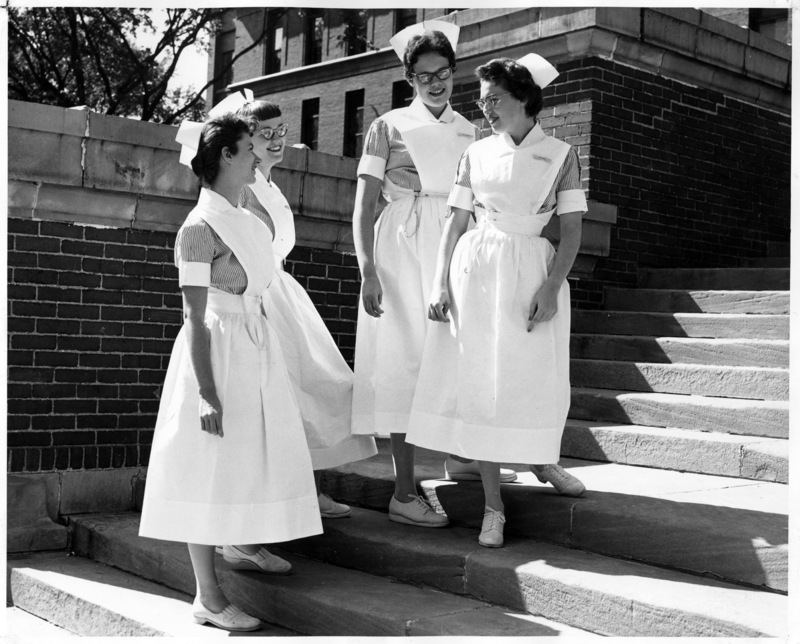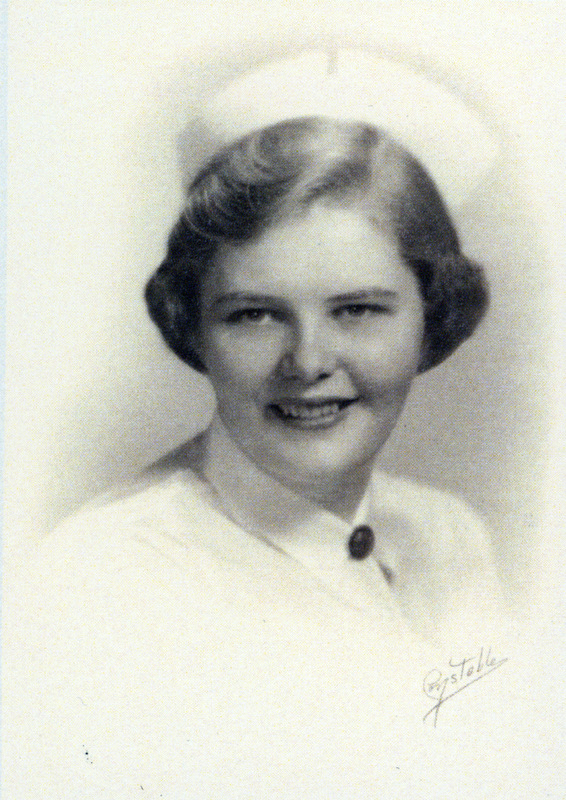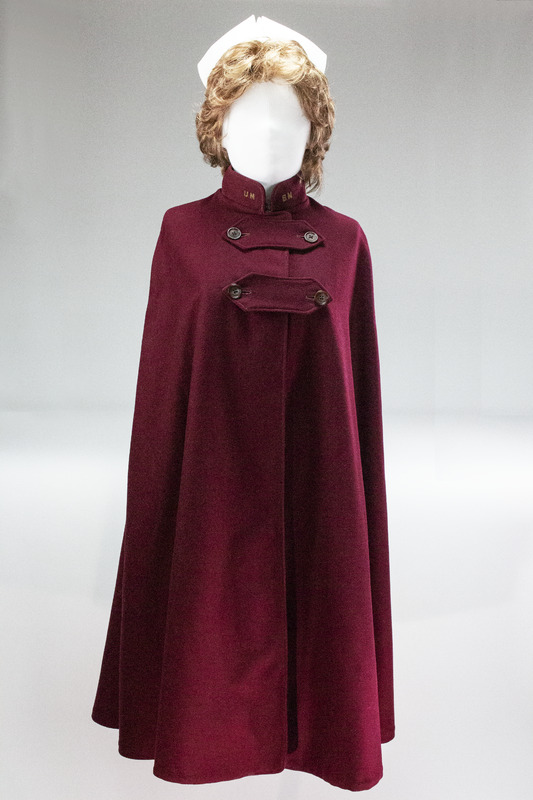Martha Foxall, PhD, speaking about Freddie Powell Johnson, PhD
Transcript
Martha Foxall (MF): In order to teach a specialty in a university setting in college and nursing, you had to have a master’s in the field. A master’s in education did not work. That's education in general. That's not in nursing. So then my friend Freddie said, “Let's go get our PhDs.”
Emily Brush (EB): I like this Freddie.
MF: [Laughs] I said, “What?” I said, “Okay.” She had already started. She said, “Martha, you need to get your PhD.” She was a year ahead of me. She started at UNL and I said, “Well—" But in order to teach—she had her masters in nursing, because she went to UNL, but I didn't. I said, “In order to for me to teach at the med center, I have to have a master’s in nursing,” I said, “So I have to go back and get that masters and then I can join you in the PhD program.” So that's what I did. I got the masters in nursing. And so that made me a year behind her. Then I started the PhD.
EB: And was the PhD at UNO or UNL?
MF: UNL.
EB: UNL.
MF: Yes. It was at UNL. Then she said, “Okay, when we get our PhDs, we're going to go on a cruise.” I said, “Okay.” Well, she of course finished before I did. I said, “Freddie, you go ahead and don't wait for me.” Well, by that time she had been diagnosed with pancreatic cancer and was in treatment, but she was still working. She said, “No. We said we were going to do this cruise together.” She waited for me, and the four of us, Freddie and I, and our husbands went on a cruise.
EB: Definitely a cruise-worthy accomplishment. You must have been so proud of one another.
MF: Yes. But Freddie was my—she’d always say, “Okay, we've done that. Now let's go—.” She was teaching by then at the med center. We were able to teach together for some years.







